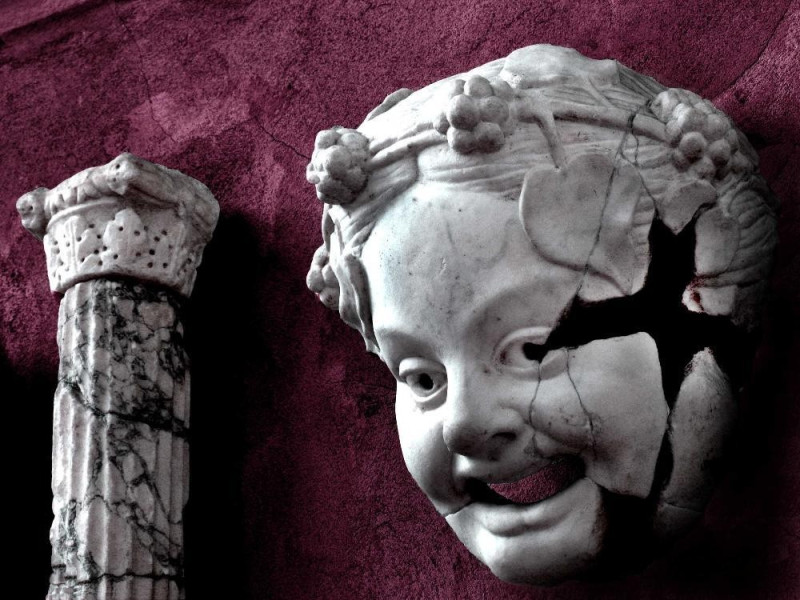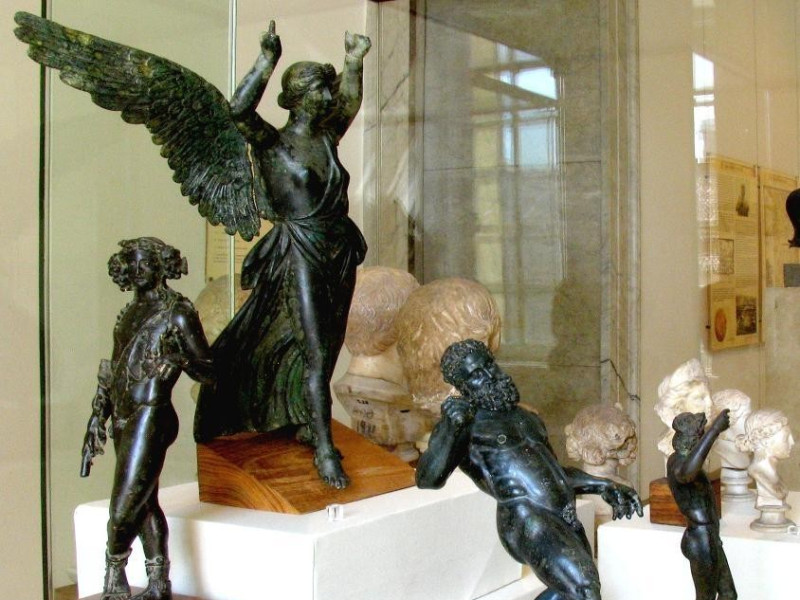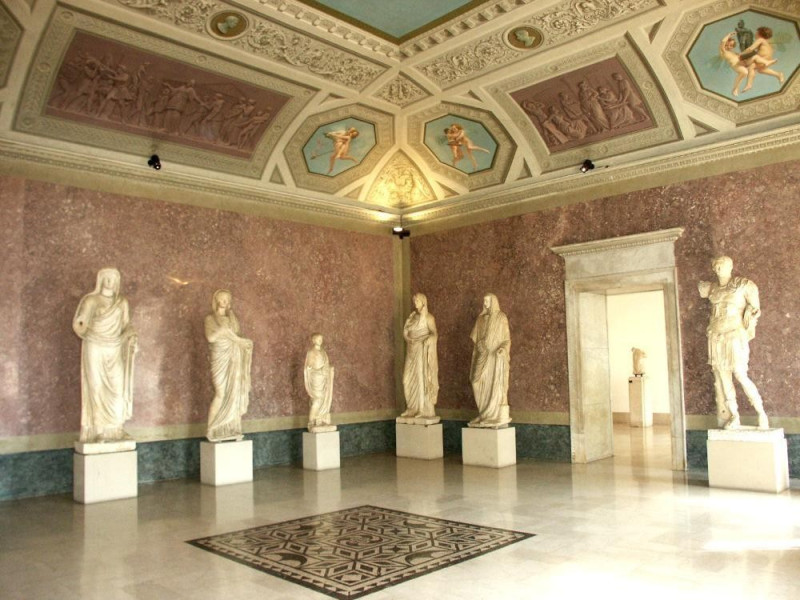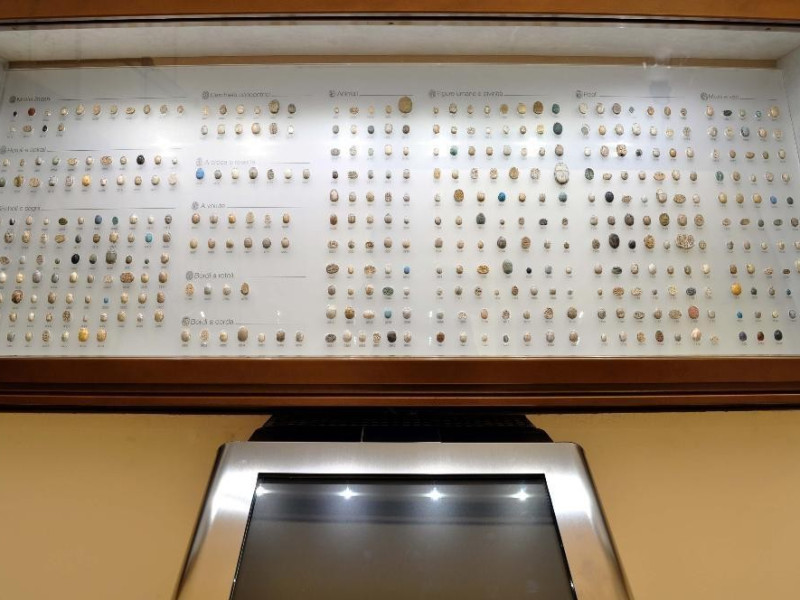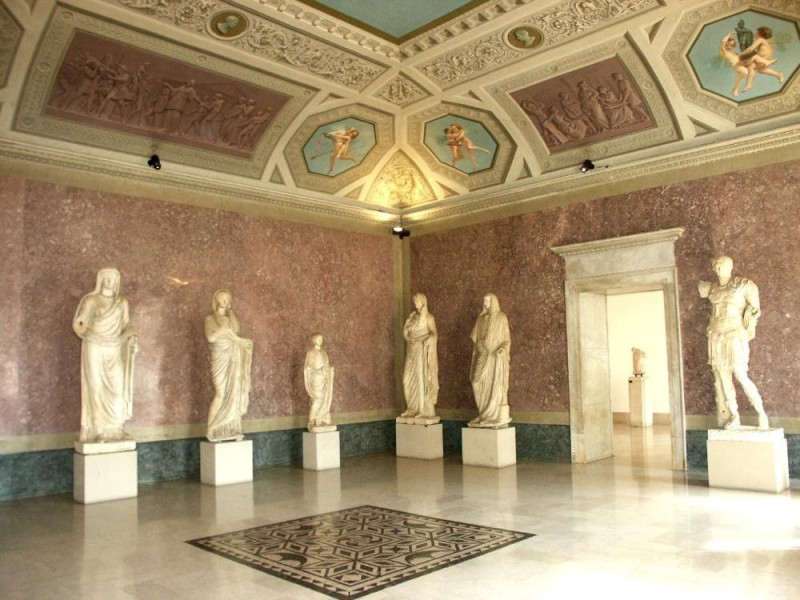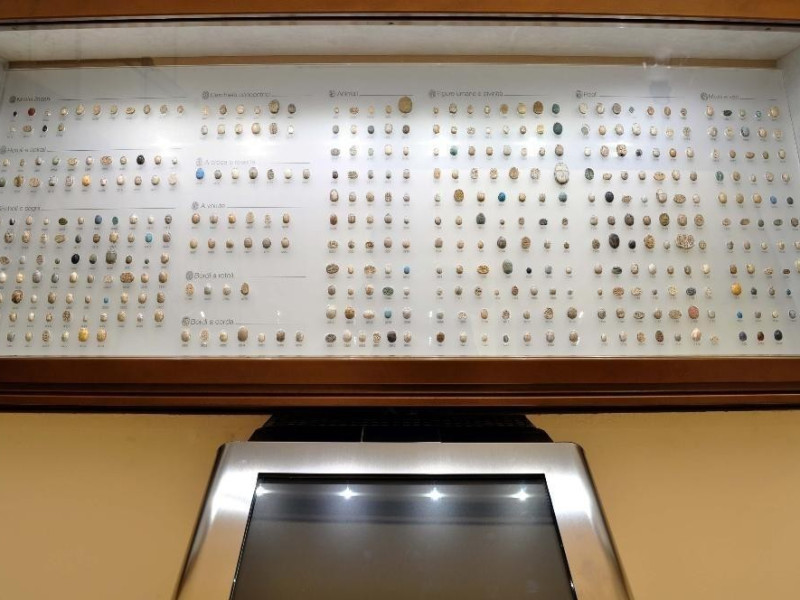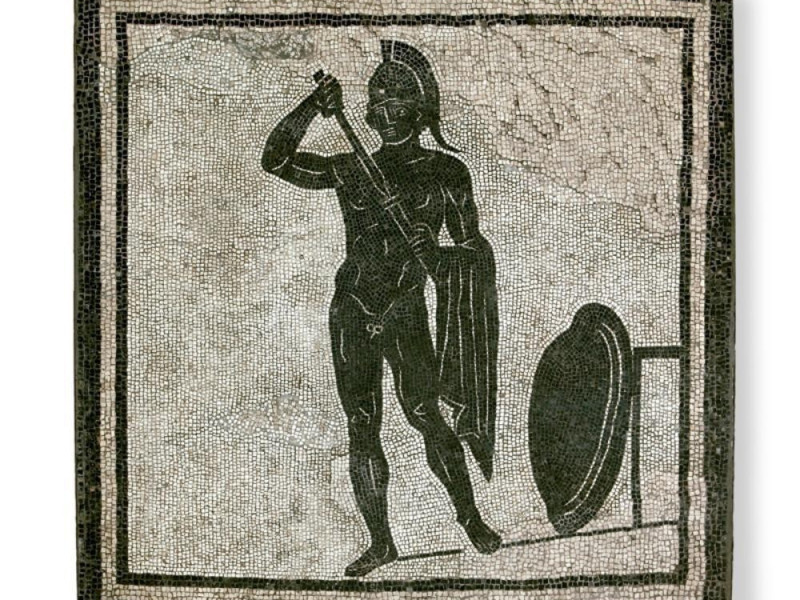Luogo - Museum
Museo archeologico nazionale di Parma
Where
Piazza della Pilotta, 5, Parma
The museum was founded in 1760 by Philip of Bourbon
to preserve the artifacts which were found in the Roman Municipium
Veleia, including the famous bronze, Tabula Alimentaria, and was later
expanded with the purchase of local collections and archeological finds;
in 1867 one of the first prehistoric collections in Italy was created.
It is divided into two sections. One which includes the finds of the spectacular historical collections from Veleia, including marble statues of the 12 characters of the imperial family Giulio-claudia (The first half of the first century AD), large ceramic Greek, Italic and Etruscan and the prestigious Egyptian section with sarcophagi, canopic jars, papyri, bronzes and votives as well as the important Magnarini Collection (429 Scarab Seals dated from 2100 to 525 BC). This valuable area is not usually open to the public.
The section that conserves the traces of the province of Parma includes prehistoric materials from the Paleolithic to the Bronze Age (very important are the Neolithic finds which includes some burials, and those of the "Terramare Culture" from the Bronze Age), Protohistory (Etruscan and Ligurian) , Romans (statues, architectural fragments, mosaics, funerary inscriptions from Parma and from the territory and a wealth of jewels and coins of the third century) and Lombard (jewelry from some tombs).
It is divided into two sections. One which includes the finds of the spectacular historical collections from Veleia, including marble statues of the 12 characters of the imperial family Giulio-claudia (The first half of the first century AD), large ceramic Greek, Italic and Etruscan and the prestigious Egyptian section with sarcophagi, canopic jars, papyri, bronzes and votives as well as the important Magnarini Collection (429 Scarab Seals dated from 2100 to 525 BC). This valuable area is not usually open to the public.
The section that conserves the traces of the province of Parma includes prehistoric materials from the Paleolithic to the Bronze Age (very important are the Neolithic finds which includes some burials, and those of the "Terramare Culture" from the Bronze Age), Protohistory (Etruscan and Ligurian) , Romans (statues, architectural fragments, mosaics, funerary inscriptions from Parma and from the territory and a wealth of jewels and coins of the third century) and Lombard (jewelry from some tombs).
